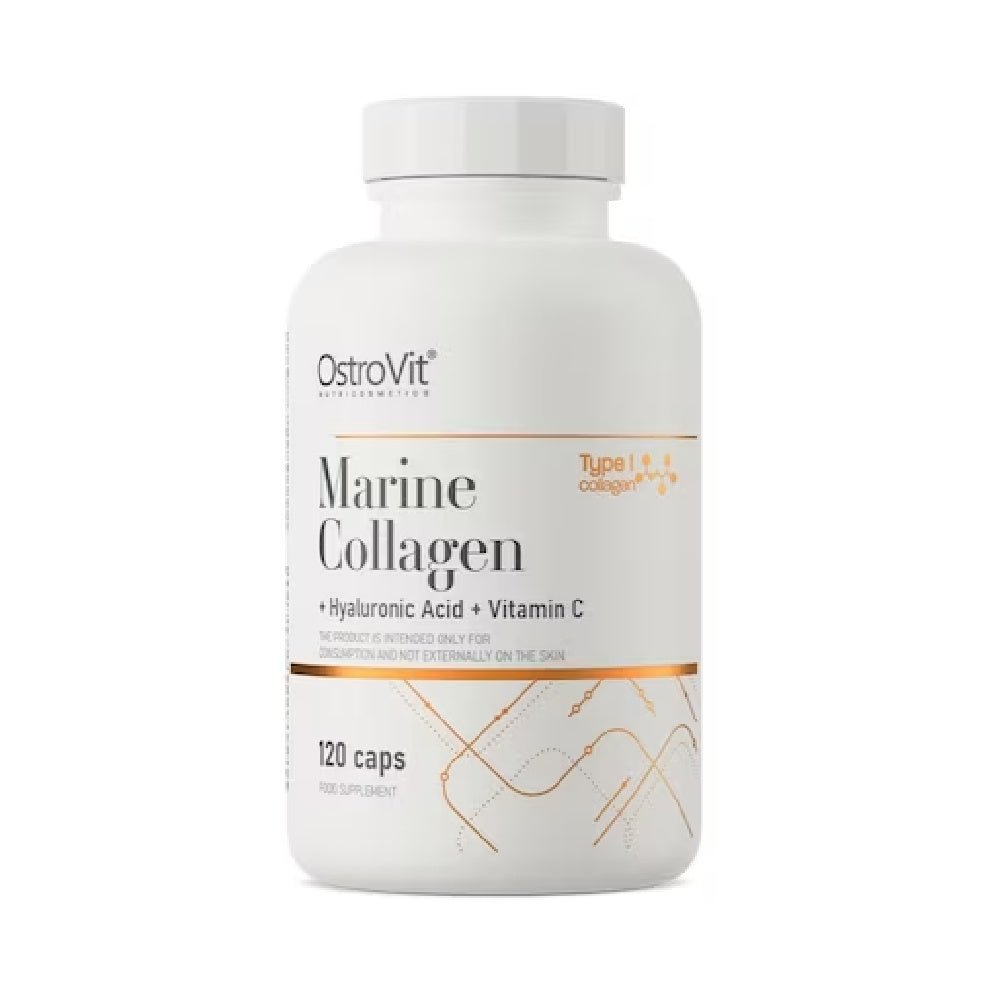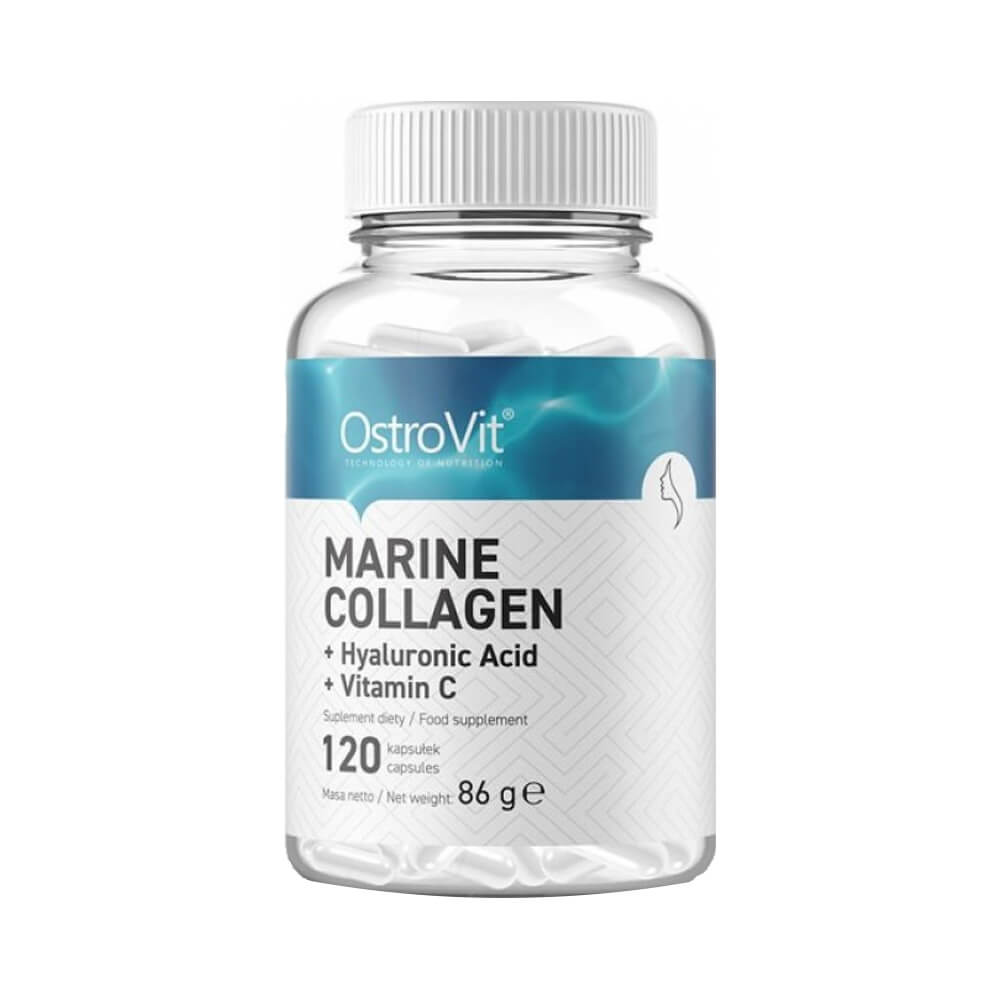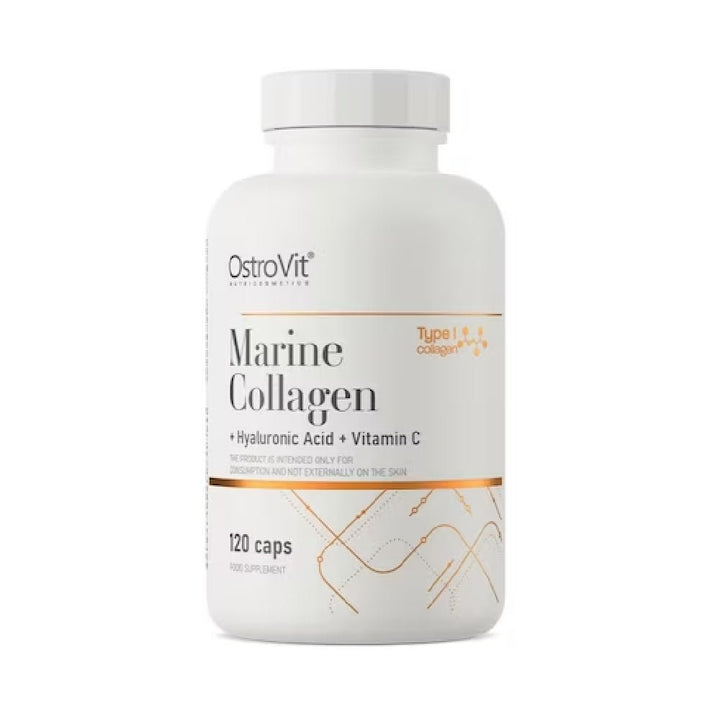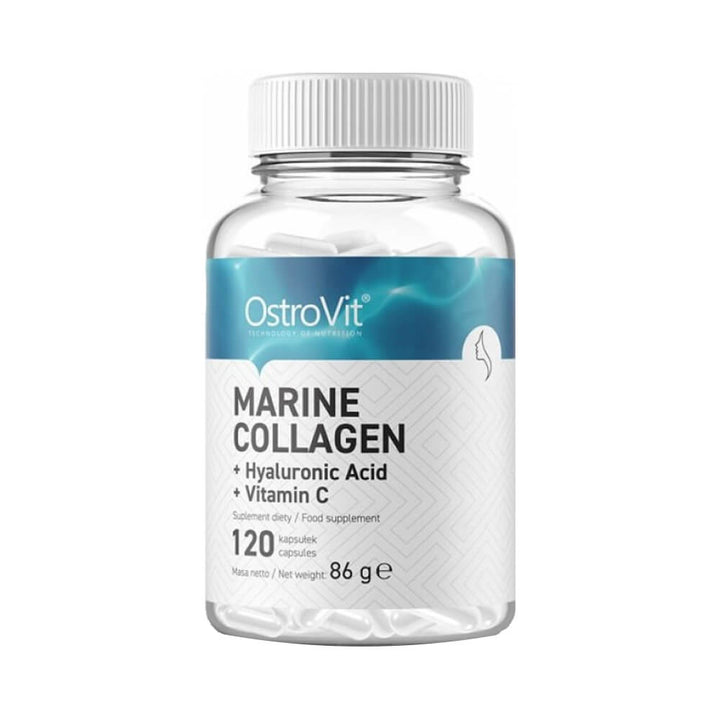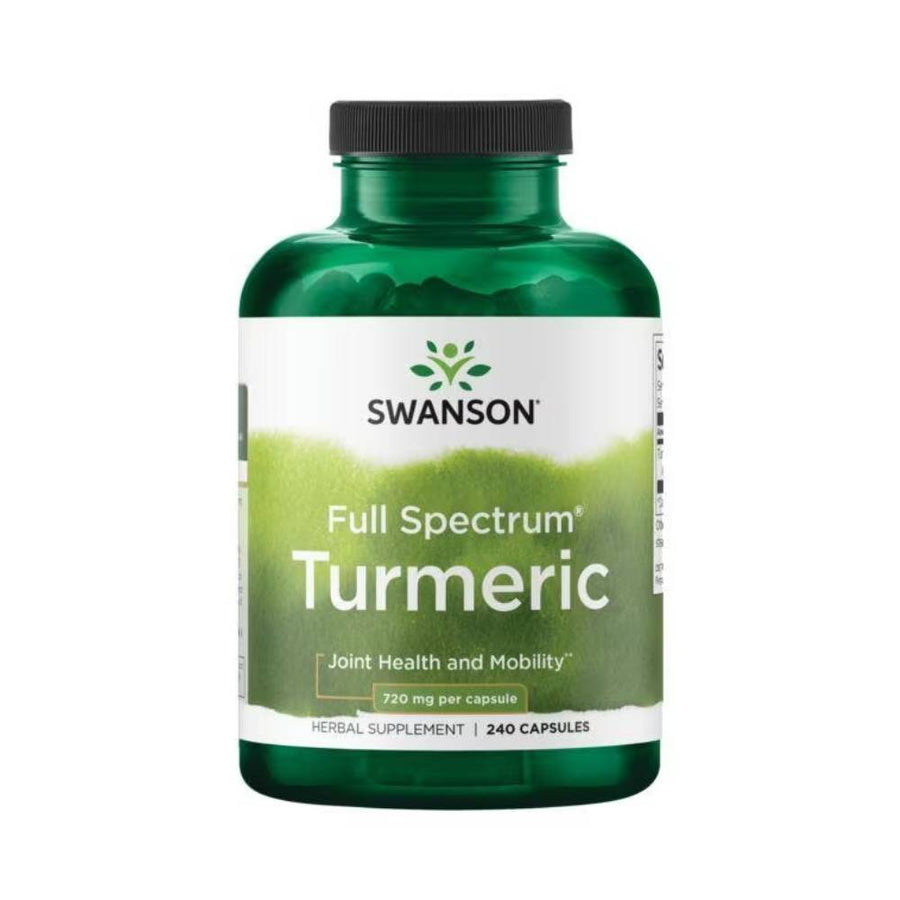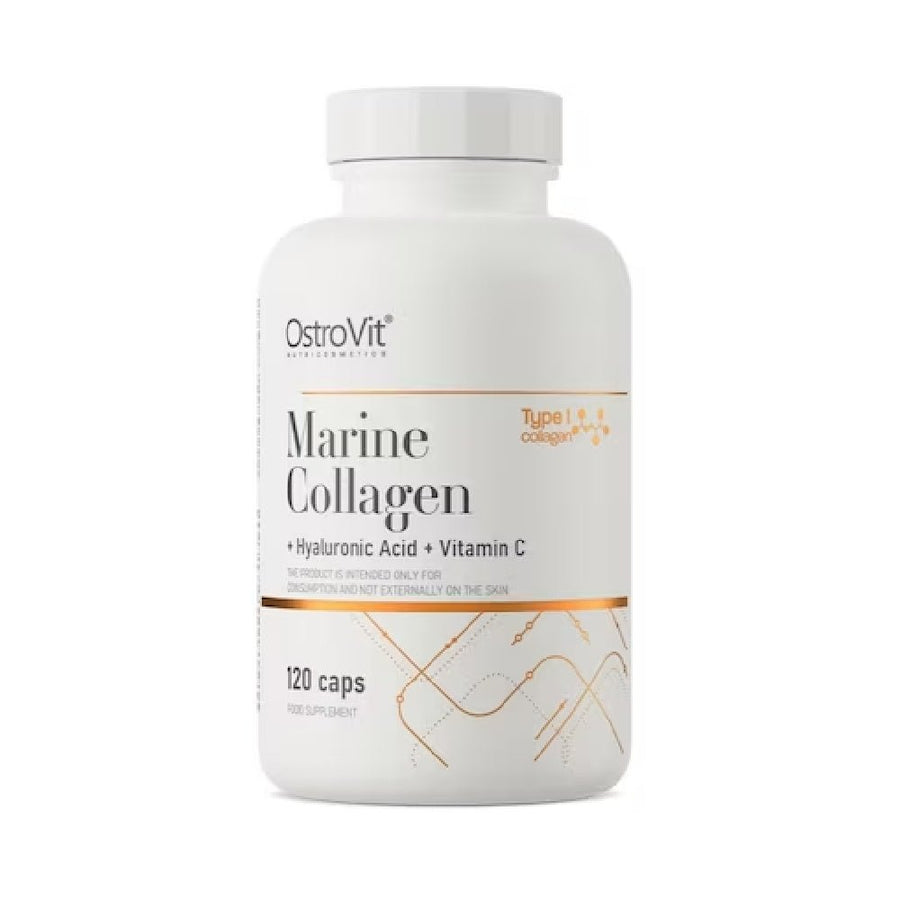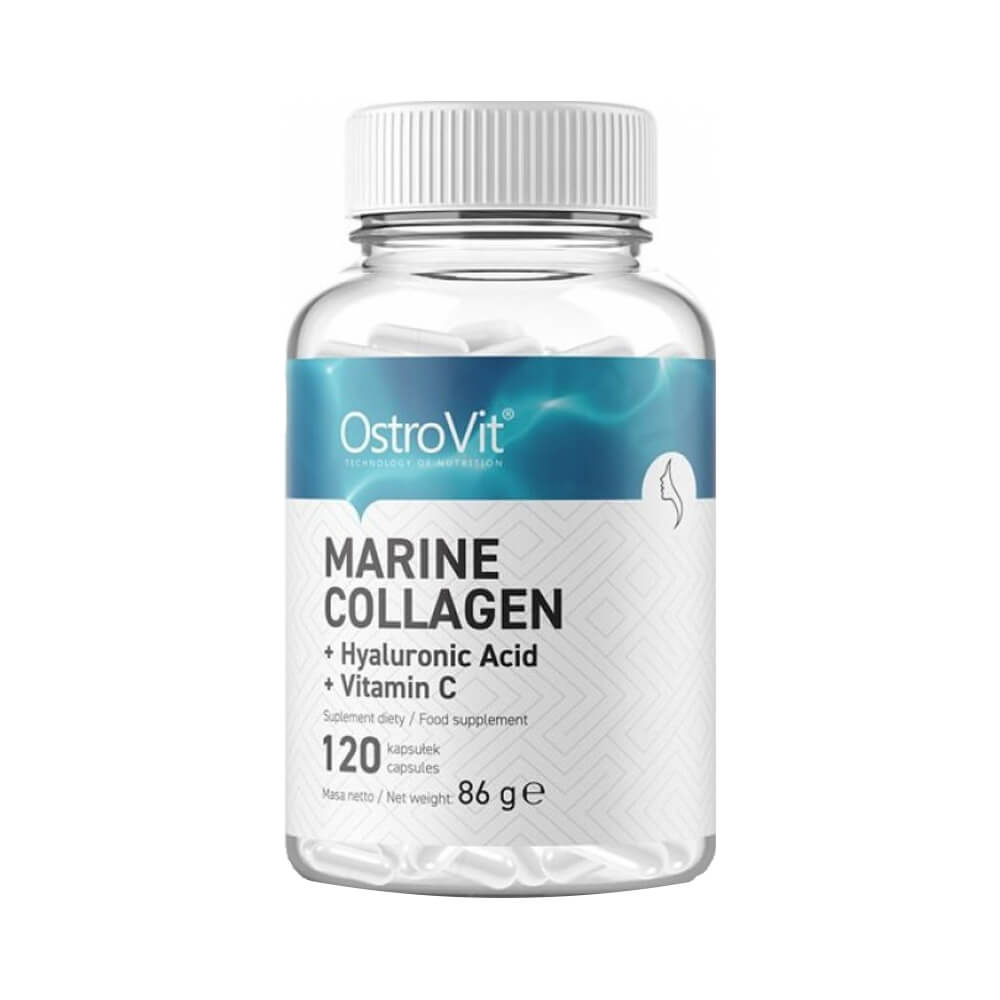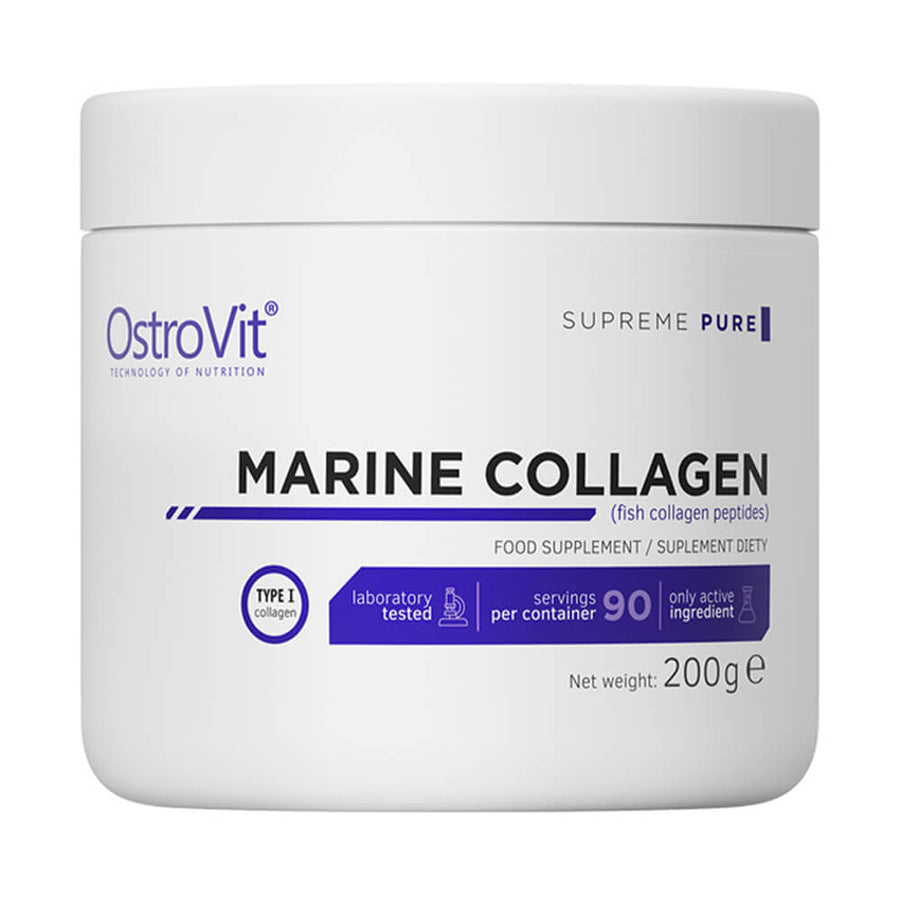Joint pains: The most common causes and symptoms, remedies and recovery

Joints are the connecting parts between bones that allow movement and are found at the level of knees, hips, shoulders and elbows. The joints are essential, but the pains associated with them can create a pronounced discomfort and possible fears, but it is good to mention that most people who present these pains do not face serious diseases. The pains generated by these joints are noticeable by a pronounced discomfort, they are quite common and most of the time do not require specialized medical care.
Joint pains are often felt in the knees, hips, hands or feet, but the spine is not immune to this discomfort either. The pains caused by the joints can be recorded constantly or they can appear spontaneously. The feeling of discomfort can be associated with a burn or with a series of palpitations in the respective area which also presents a stiffness in the area afterwards. Fortunately, the stiffness installed can disappear easily after a session of physical activity or a little movement, but the physical exercises after these pains must be of a reduced intensity in order not to aggravate the pain.
Contents:
1. Joint pain: Causes and symptoms
Regarding the causes, some joint pains can appear due to diseases or injuries, and in the case of other people who often face these problems, the pains are determined by arthritis, but it is good to know that there can be several causes. The most prone people who can face joint pain are people who have faced injuries in the past in that area, people who constantly have muscles under pressure and perform physical activities of high intensity, those who face arthritis , people with a high weight or people who are old.
As a rule, joint pains do not pose major problems and can pass quite easily without receiving the attention of a specialist, for those who face these problems against the background of intense physical exercises, the range of supplements for bones and joints can relieve pain over time, but there are also cases in which these pains can be quite problematic and require an urgent visit to the office. Joint pains need specialist attention and detailed care when the following symptoms are present:
- Swelling in the area
- The affected area becomes red, swollen, hot
- The feeling of numbness
- Pronounced stiffness of the joint
- Enlargement of the affected joint
- Difficulty in movement, when bending or straightening the joint
- Noisy joint joints
- Pain accompanied by fever
Joint pains urgently require the attention of a specialist when they end up affecting the daily rhythm, in situations where the pain is accompanied by fever, weight loss is recorded or the joint pains end up affecting walking. In the first stage, the consultation includes a series of questions through which the doctor will determine the cause of the pain, if there are previous injuries in that area or family members who face these pains and how strong the joint pains are felt. During the consultation, the affected joint will be examined to determine the extent of the pain and how the joint in question affects movement, and the muscles, ligaments or tendons in the vicinity of the affected joint will also be evaluated.

The most common joint pains:
- The frequently recorded arm joint pains are determined most of the times by the wear of the cartilage and by the pressure exerted afterwards, the most common cause being osteoarthritis. Frequent pains are not only caused by specific diseases, but also by injuries or ruptures of the tendons resulting from accidents.
-
Pain in the joints of the hands is most often caused by nerve damage, sprains and fractures. It is good to know that these pains can be treated easily, both through prescribed medication and through specific exercises, and health supplements can be useful for relieving the pain of those who often exert pressure on the joints through high-intensity physical activity.
- Knee joint pain can be quite different, and the severity is determined by the cause of the problem. The most common symptoms resulting from them are swelling and stiffness of the area, redness, weakness of the area, noises produced by the joints, difficulty in straightening the affected knee. These pains can worsen and present reasons for concern when the leg cannot be stretched, the knee area is marked by a swelling, the pains are accompanied by redness, pain and fever.

2. Remedies for joint pain
Arthritis or joint inflammation is one of the most common causes of joint pain, and the most common forms are rheumatoid arthritis and osteoarthritis. Although it can appear in any area, the most common parts affected are the hands and wrists. Osteoarthritis is in most cases found in elderly adults. Rheumatoid arthritis is a chronic condition that can affect several areas, causing inflammation and stiffness in the affected parts.
Among the most common symptoms of arthritis are the burning pain felt in the joints, the stiffness of the affected parts, especially in the morning, and the inflammation accompanied by the feeling of heat. The treatment of arthritis can vary depending on the condition of the patients, but in general it can be done depending on the severity of the case with:
- drugs that target pain symptoms
- injectable treatments
- splicing of the joints after overuse activities
- physical therapy sessions
- surgery
A balanced lifestyle accompanied by exercise and the introduction ofvitamins and minerals in the diet have significant benefits in the prevention and relief of joint pain in the long term. Among the most popular remedies for joint pain are anti-inflammatory drugs, acetaminophen, topical treatments, gels applied to the affected area and stronger prescription-only drugs. It is good to know that although anti-inflammatories are available without a prescription, a stronger dose requires consulting a doctor and receiving a prescription. The doctor's prescription is very important if the patient has a history of kidney disease, ulcer or liver disease.
In rarer cases, joint pain can be treated surgically. Interventions of this type are an option when the pain cannot be alleviated by drugs or physical therapy, but the need for such an intervention will be carefully evaluated by a specialist until all alternatives have been exhausted. There are several types of surgical interventions in this area, but the most popular are arthroscopy and joint replacement. Arthroscopy is performed through incisions that enter the joint to repair the cartilage and to remove the small bone fragments located in the joint area. A more complex procedure is based on the replacement of the joint, as a result of cartilage wear. This intervention involves the implantation of an artificial joint and often has a fairly high success rate.

3. Recovery from joint pain
In the case of joint pain resulting from injuries, after the pain has been remedied, recovery can occur gradually with physical exercises of a reduced intensity. The movement and exercises that can be easily endured and completed, together with suitable recovery accessories , will ensure the gradual recovery of strength, but before finding the right routine, it is necessary to consult the specialist and respect the limits imposed by him. For those who constantly perform high-intensity training, it is recommended to create a low-intensity routine that will over time create a connection with a more intense routine. It is very important during the recovery period to avoid intense exercises and demanding physical activities that can overload the joints.
Physical therapy is a recovery method with quite good results, but the intensity must always be determined by the specialist. Physical exercises, swimming or cycling can be extremely beneficial both for recovery and for the psyche. In the case of joint pains that persist for a long period of time, pain relief may take longer, but there are numerous solutions by which the pain can be reduced. For those who face joint problems due to obesity, in addition to treatment, weight loss may be an additional measure necessary to reduce tension in the joint area. For pain of a lower intensity or in the case of sporadic joint pain, simple home treatments such as cold compresses, warm baths or pain reliever pills can provide a short-term remedy to the problem.
Having said that, joint pains can create real discomfort, but most of the time they do not signal serious problems and in the case of young adults, these problems can be treated at home. Although mild pains following intense physical exercises may pass quickly, when the patient has suffered previous injuries or the symptoms become troublesome and there is swelling of the affected areas, red areas, increased stiffness, throbbing inflammation or pain accompanied by fever, a urgent visit to the doctor to find the most effective solution in the shortest time.
Photo source: Unsplash









